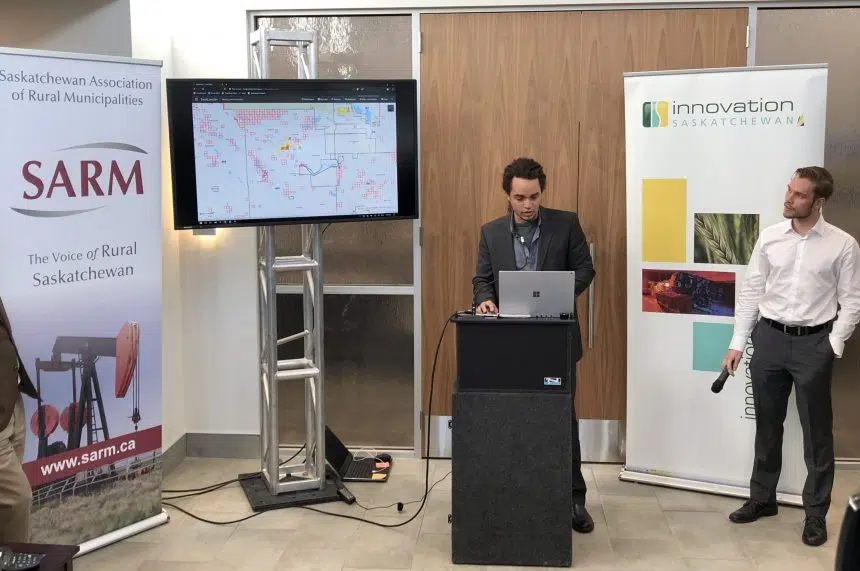A web application that will connect people seeking access to private land with the owners of the property is getting closer to reality.
In March, Premier Scott Moe announced at the Saskatchewan Association of Rural Municipalities (SARM) convention in Saskatoon that the province was launching an Innovation Challenge to solve the issue.
On Thursday at the SARM office in Regina, Tina Beaudry-Mellor — the provincial minister responsible for Innovation Saskatchewan — unveiled a prototype of an app that will help those who want to use private land get permission from the owners of the property.
Saskatoon-based Western Heritage developed the prototype. The team is now moving into testing to see how the app works in the real world.
SaskLander, as the app is known, follows the amendments made to The Trespass to Property Act earlier this year. Under those changes, individuals now must get permission from rural land owners before going on their property.
The free app allows landowners to specify which activities they want to allow on their private property and when. Users like hunters or snowmobilers will see a map of properties and can request permission to access the land in real time, based on their desired activity.
At this stage in its development, the map is colour-co-ordinated to show different levels of access for each parcel of land.
If the property is red, that means the owner has denied access for the user’s desired activity. If the property is yellow, it means the user must first request permission. And if the property is green, it means the owner has pre-approved land use for that activity.
“This is mostly to make it easier for recreational users. If you’re out in the field, you can quickly see and guess how long it’s going to take to get that permission. If you see a deer in a green field you know that you can immediately be sure that you can be there,” said SaskLander co-founder Aldo Scribante.
The co-founders describe SaskLander as an app similar to AirBnB, allowing users to schedule their visit in advance using a calendar. Other planned features to come will include a real-time chat system, two-way user ratings and the ability to report incidents like property damage.
The pilot project for the app is underway in the RM of Shellbrook and will run through the end of 2020, with plans to open up the app to all private property owners in 2021.
In order for the voluntary app to be useful enough for groups like hunters and other organizations, the goal is to eventually cover 75 per cent of private rural land in the province.
“If people are looking to access rural property, you need to have rural properties for people to access,” said Scribante.
The app creators are encouraging all rural property owners to list their land, even if they don’t intend to allow access or even use the app, stressing the importance to get the status of their land posted to complete the picture.
The provincial government and SARM committed to help promote the app to build its user base.
“I think this is going to be one of the best ways of trying to handle this problem. I don’t know that there’s actually many other ways of trying to handle this issue,” said Beaudry-Mellor.
Changes to the trespassing law were passed in May but they won’t come into force until after the necessary regulations are developed.
After winning the innovation challenge, Western Heritage was awarded $10,000 to work on the app along with a 16-week residency with SARM and Innovation Saskatchewan. That allowed the company to work through potential challenges that may come up.
“With SARM’s role in representing the interests of rural municipal government, we are very pleased with the outcomes of the Innovation Challenge and look forward to continuing to represent our stakeholder’s interests as SaskLander pilots its technology,” SARM president Ray Orb said in a media release.











